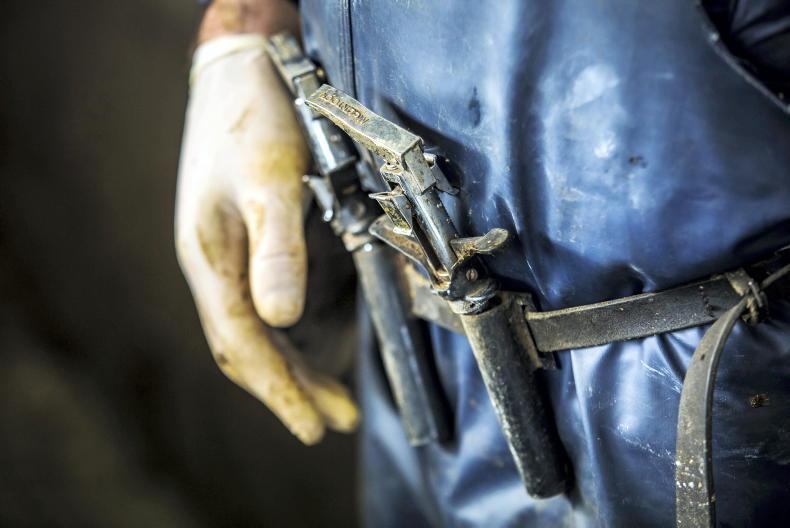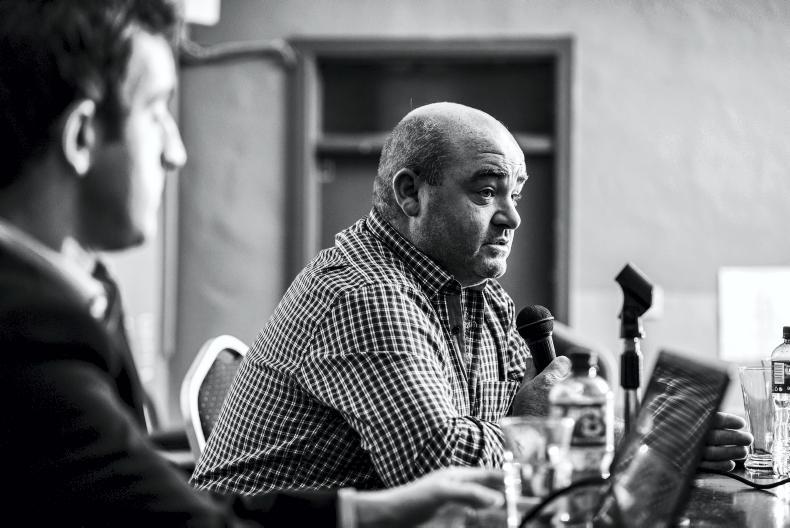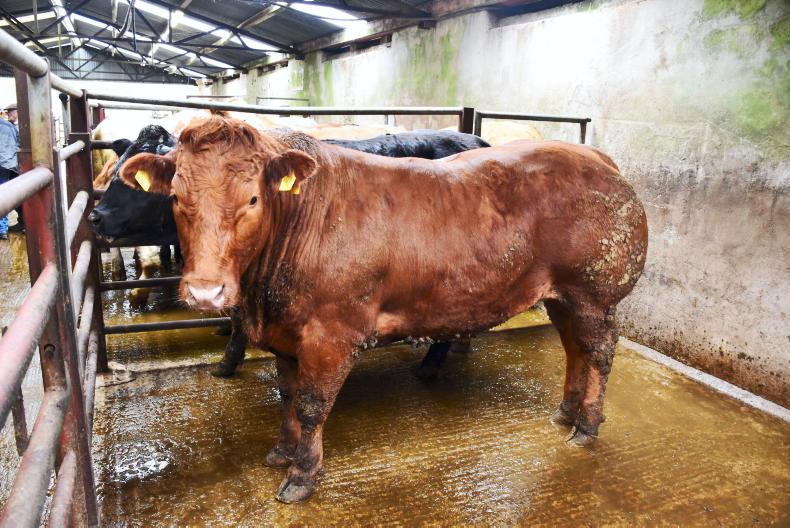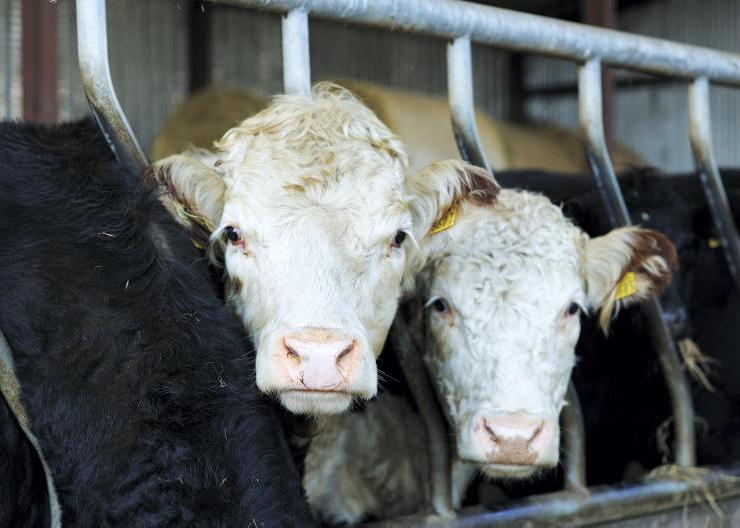The number of cattle that tested positive for TB in 2022 was up 11.7% on 2021 to 23,292 reactors, provisional figures from the Department of Agriculture show.
This was an increase of 2,462 on the 20,931 reactors in 2021.
As of 31 December 2022, herd incidence fell slightly to 4.27%. This was down marginally from the 4.33% rate in 2021.
Herd incidence is defined as the number of herds that experience a new TB breakdown in a given period of time.
Last year, some 4,554 herds were restricted with TB, a decrease of 131 (2.80%) herds compared to 4,675 in 2021. As of 5 February 2023, 4,475 herds were restricted.
A total of 106,183 cattle herds were TB-tested last year, holding 6,516,407 cattle. Some 9.5m TB tests were carried out in 2022, an average of 1.47 tests per head. The number of reactors per 1,000 tests was 2.44.
Reactors per county
Cork had the highest number of reactors last year, with 4,044. It was followed by Tipperary with 2,367 and Kerry with 1,802.
Limerick had 1,570 reactors, Kilkenny had 1,539 and Meath had 1,359 last year.
Last year Wicklow had a total of 1,379 reactors, but herd incidence for the county was the highest of all.
TB data is broken up into regional veterinary office (RVO) data and Wicklow is split into east and west.
West Wicklow had the highest TB incidence at 13.76%, while east Wicklow had a herd incidence of 10.93%. Dublin had the next highest incidence of TB at 8.93% and it was followed by Kilkenny at 6.81% and Meath at 6.78%.
Northern Ireland
In Northern Ireland (NI), bovine TB rates are significantly higher than in the south, and over the last 12 months, the number of reactors per 1,000 tests stood at 4.78.
The latest published figures are for November 2022, and show that the 12-month herd incidence rate of the disease has crept above 10% for the first time in 20 years.
In the 11 months to November 2022, a total of 15,583 cattle have been removed as TB reactors at a test, up 20% on the same period in 2021 and 33% ahead of the 2020 figure.
A new TB eradication strategy in NI includes plans to cull badgers in TB hotspot areas, but requires a functioning executive at Stormont to get the necessary legislation in place.









SHARING OPTIONS